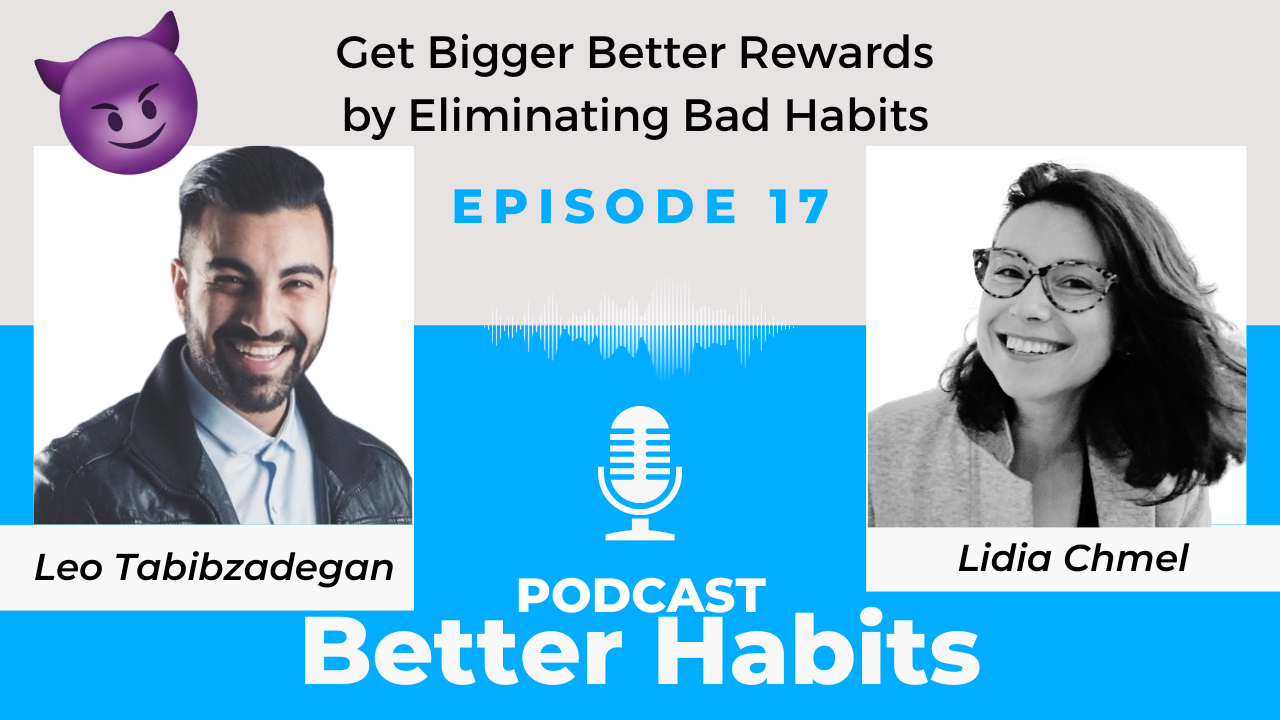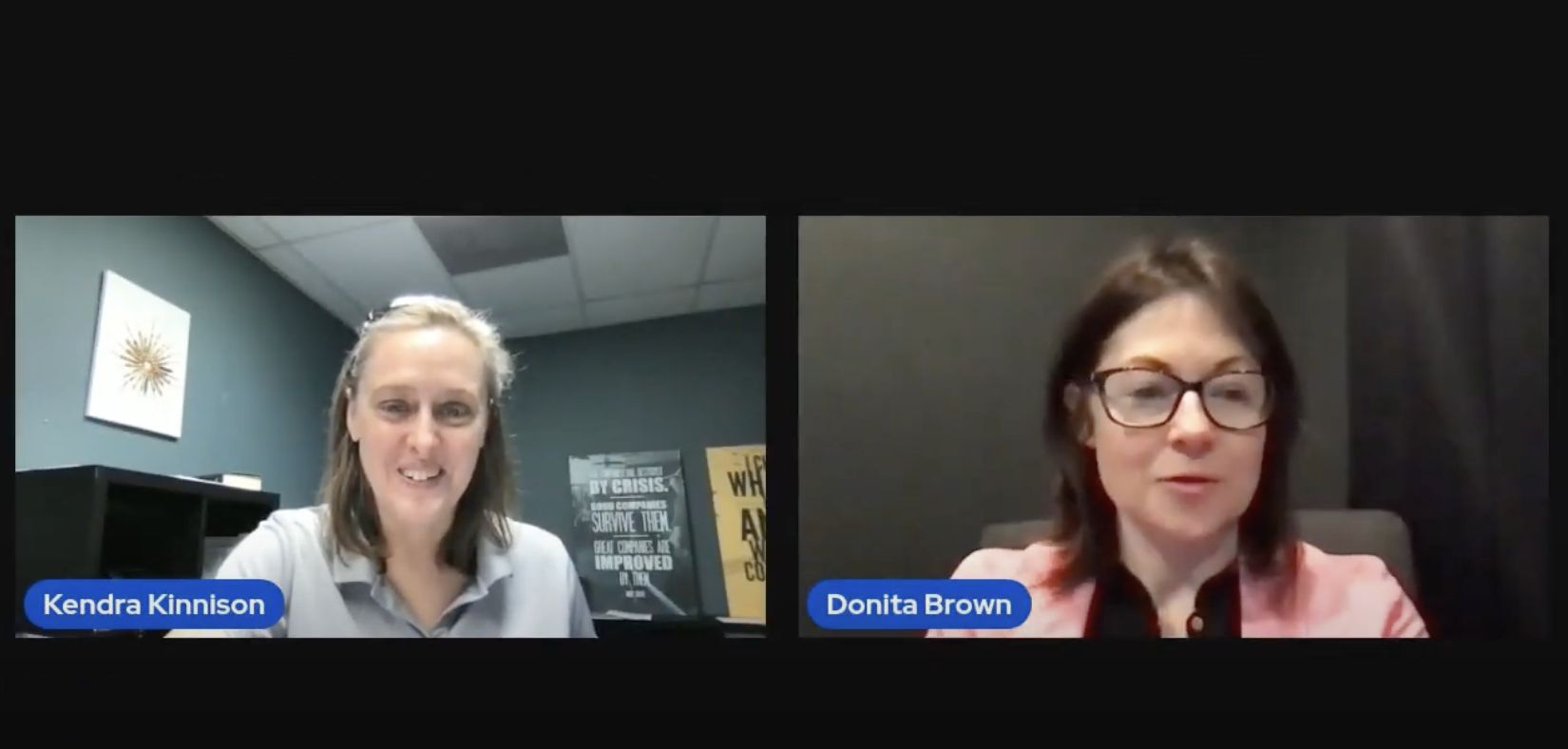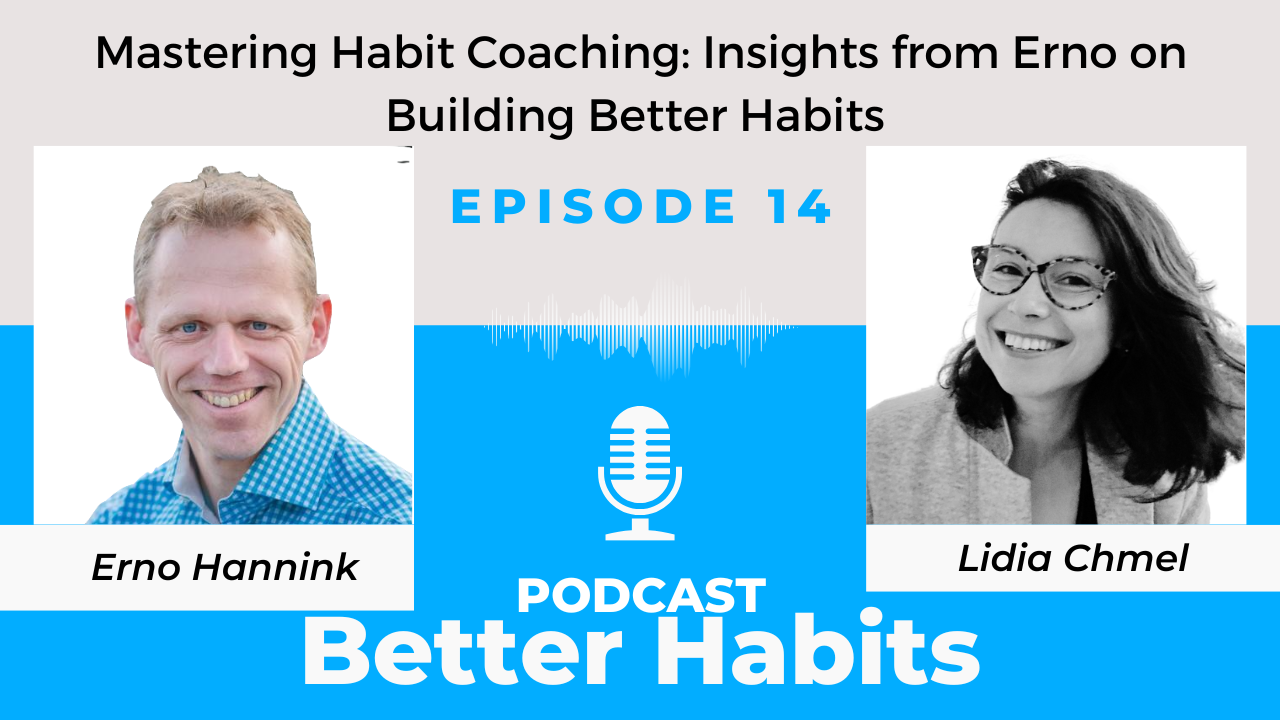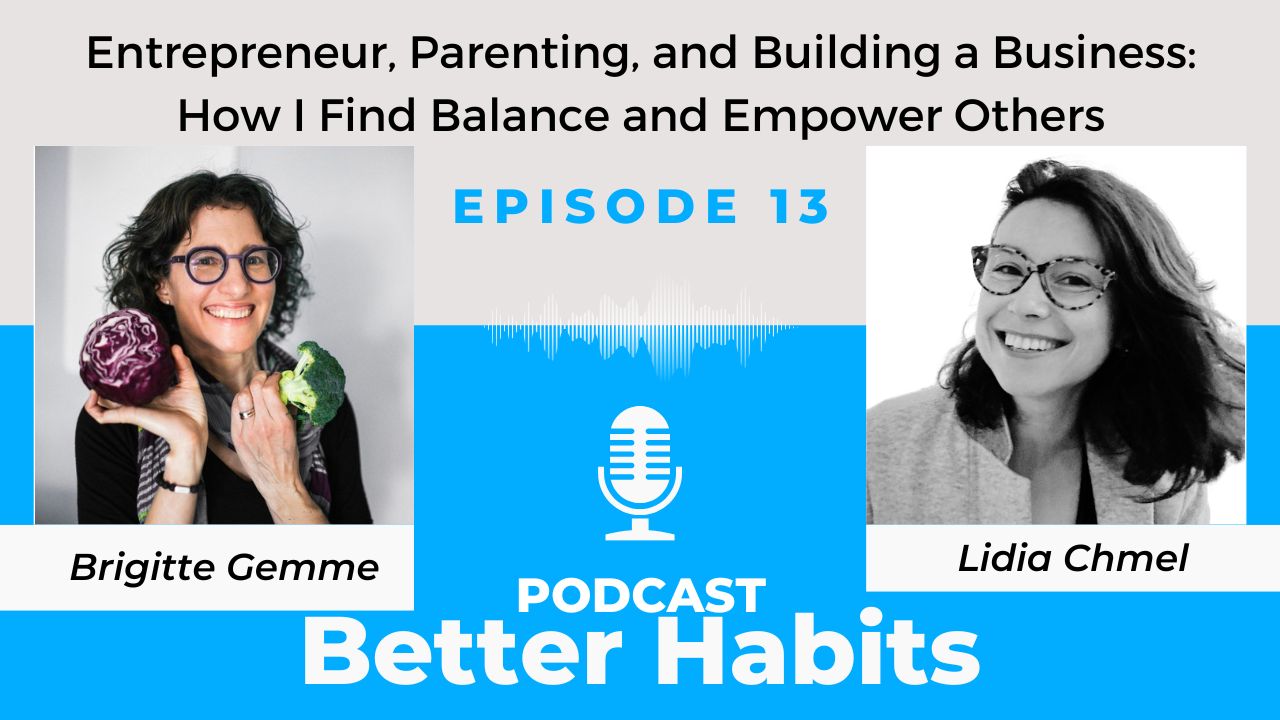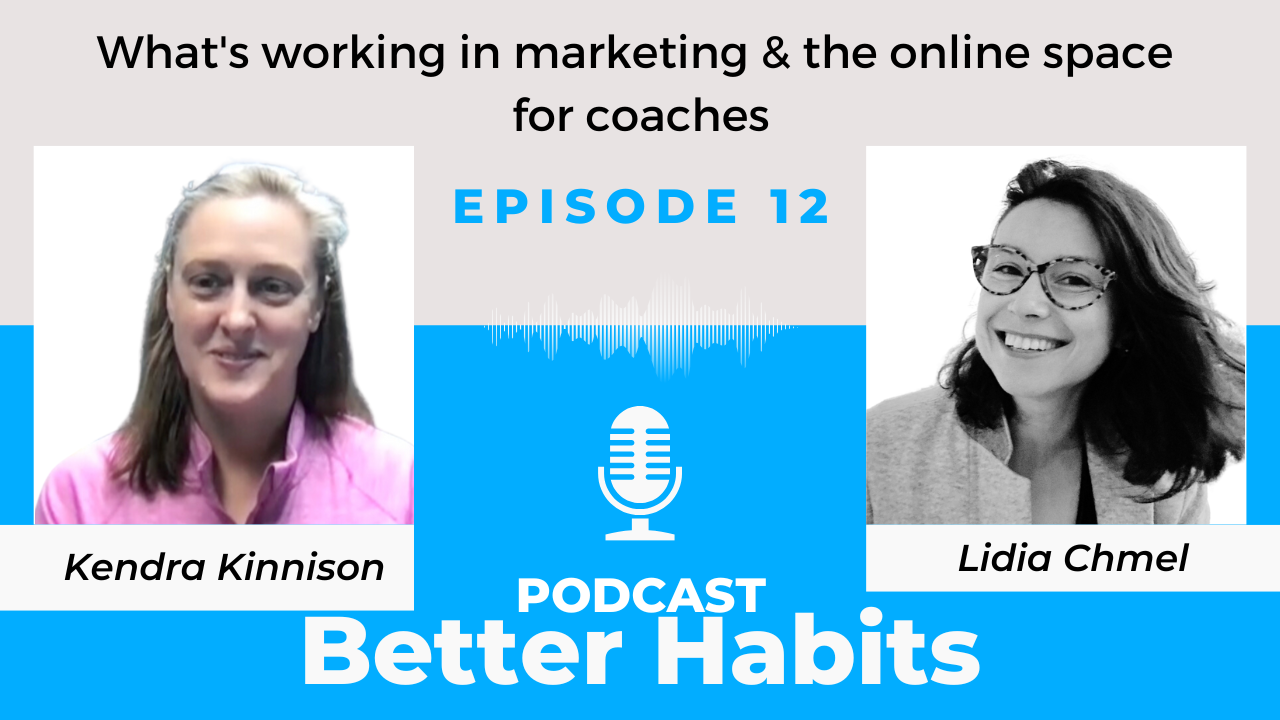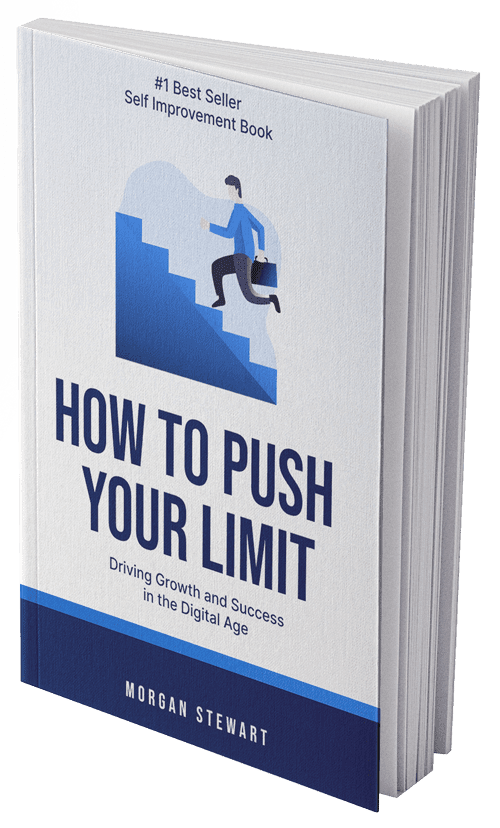In this update, we’ve made a few upgrades to the friend feed. The feed is faster and now has pull-to-refresh, infinite scroll and tappable habit names. We’ve also added multi-device sync to the reordering habits feature (which we released in the last update).
Mostly, we’re really excited about the friend feed changes. Below are a few thoughts on how an upgraded friend feed makes you more likely to achieve your goals.
Lift is a flexible self-tracking system with a built-in support system. On its own, the tracking is a fundamental part of achieving goals. You can’t change what you can’t measure. And according to a recent PEW study, 60% of American adults are trying to change their health through tracking and measurement.
Our additional support system mostly comes through our social features. In my opinion, these features are the hardest to design and hardest to explain because every person is so different. Some Lift users maintain complete privacy by using pseudonyms, others like the generosity of supporting strangers, and others are focused on the support of their very close friends (I’m in this camp).
Here are the main experiences we see in the Lift friend feeds: positive reinforcement loops, changes of attitude as a reaction to positivity and generosity, accountability to keep up with your goals, connection between close friends, and inspiration to try new habits. Individuals experiences vary, but those are the most common.
The positive reinforcement loop was our explicit reason to include props.
When I finish exercising, my phone immediately starts buzzing with props, reinforcing my decision to go to the gym, and making it more likely that I will go again. This is fundamental behavior design.
A lot of our feedback emails references a spirit of generosity and positivity.
Here’s the way we normally hear the story: “Someone gave me props. That was so nice of them. Maybe there is hope for the world.” Changing your belief system is a big part of the methodology of most motivational speakers. For a lot of Lift users, meeting a positive and generous community changes some fundamental attitudes about what’s possible for themselves. This is hard for me to wrap my analytical programmer brain around, but it’s real, and I’m learning to embrace the concept.
Accountability is the idea that you don’t want to slack off in front of your friends.
The actual level of explicit accountability in Lift is fairly low. We only see a few people reaching out to friends who have dropped off. But for many Lift users, the perceived level of accountability is quite high. This perception can be a huge motivator (so don’t fight it).
Many people give props just as a way to have a small connection with their friends.
I just heard a relevant story from Jack Dorsey, co-founder of Twitter, about how important it was in the early days of Twitter for him to post what he’d eaten for breakfast. It meant that his mom knew he was ok, that he was fed, and that he was healthy. That’s exactly how I feel every day when I get an avalanche of props from my mom. She knows I’m eating right, exercising and I know the same about her. This is a feeling of connection to someone who I love.
Inspiration is when you see someone else succeeding and it prompts you to join them.
One of my best Lift experiences was when my co-founder, Jon, came into the office and said he was going to try being vegan. I thought, “Hey, I should do that.” And for four months the two of us ate a strict vegan diet. I never thought I could manage that big of a diet change until I had the inspiration from my work partner (one of many inspiring moments with him). This type of inspiration is easier to act on now that the habit names are tappable.
The Lift team spends a lot of time talking about impact. Today’s changes, which on the surface are pretty basic, actually have a big impact. That’s why we’re excited about them.

